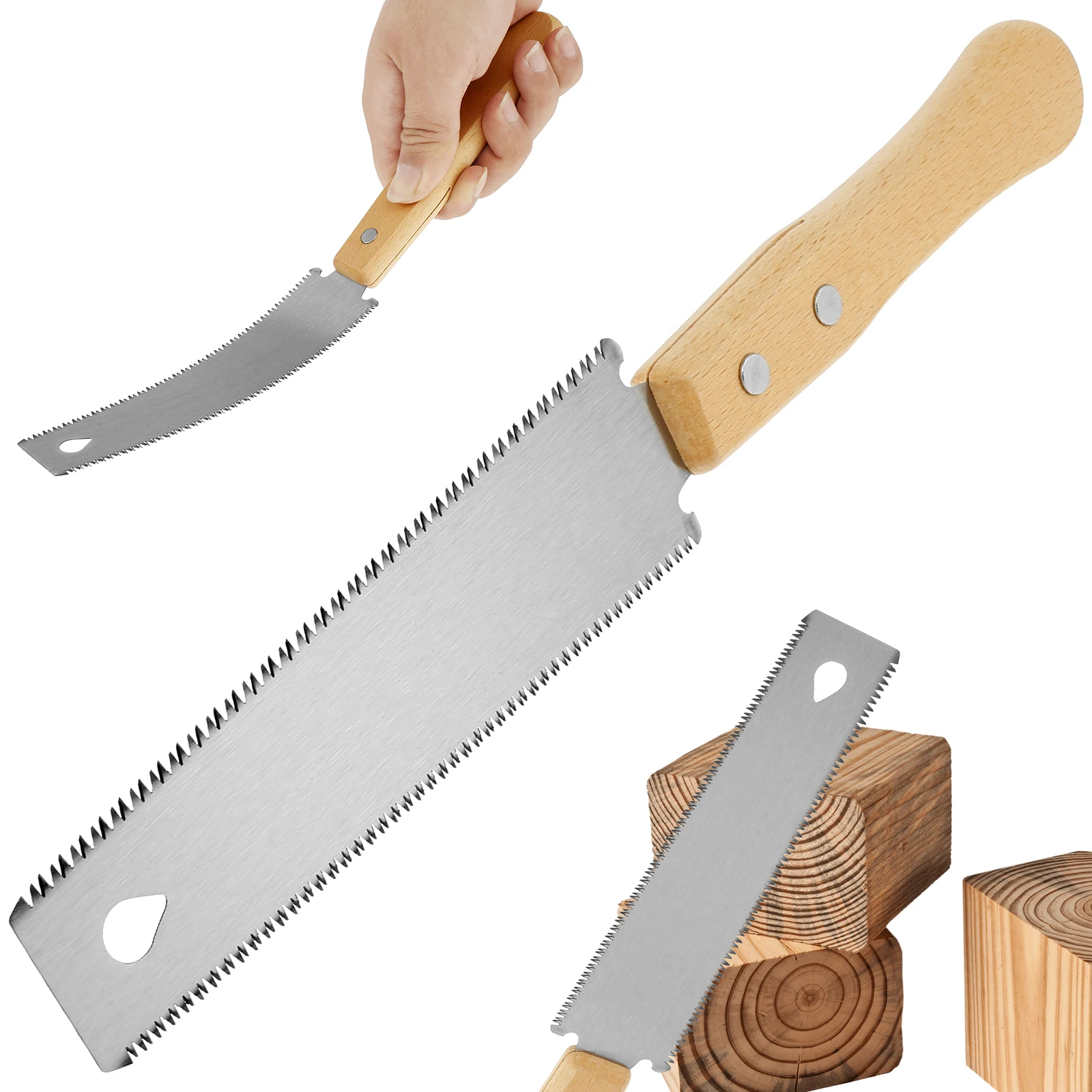
How would it go over if people said that white kids could only be instructed by white guides and educators and then fired non-white employees on that basis? What would be the reaction if the justification was, “Well, white kids just can’t relate to non-white staff?”
This hasn’t happened, of course — but the reverse has. A recent example is the axing of white museum docents (volunteer guides) in the name of prejudice euphemized as “diversity.”
The Washington Examiner has the story:
Portland public school retired art teacher Paulla Dacklin had been volunteering as a docent at the Portland Art Museum [PAM] for years. The 71-year-old remained active in her community by leading 30 tours a year for students of the Portland Public Schools.
She was not surprised when the museum stopped asking her to come in when COVID-19 hit. The schools were closed. But as the schools and museum reopened, her phone stayed silent. She began to wonder why. Finally, this August, an email went out to all museum volunteers. The 40-year-old docent program was being eliminated in favor of paid “learning guides” hired from local universities.
Explaining the museum’s decision to dump its mostly white volunteer staff for paid diverse employees, the museum’s executive director told a local paper that the museum was “evolving to meet the needs of the community.”
Of course, these “needs” are actually “wants,” wants that are actually prejudices — and these prejudices are actually prevalent. “If a story about an art museum dumping its docent program because the vast majority of the docents were retired white women seems familiar, it should,” the Examiner continues. “The same thing has happened to art museums in Chicago, Birmingham, Denver, and Oakland.”
Willamette Week’s Rachel Saslow provides an example of what exactly troubles the anti-white crowd. “In August 2020, the website Slate ran an article titled ‘Museums Have a Docent Problem’ that opened with the cringey scene of an older white woman guiding a group of young Black and Asian visitors through an exhibit of the works of Jamaican American artist Nari Ward at Boston’s Institute of Contemporary Art,” she writes. “(The girls asked, ‘What’s Black Power?’ It got even more awkward from there.)”
“Cringey”? A little perspective: Imagine someone wrote, “The article opened with the cringey scene of an older black woman guiding a group of young white and Asian visitors through an exhibit of the works of Western Culture. (The girls asked, ‘What’s White Power?’ It got even more awkward from there.)” How many people would be canceled as a result?
Canceled here, however, aren’t just the docents but the term describing them itself, at least at PAM. “While we understand that the word docent has warm, positive associations for some, we have also received feedback that the term is confusing and unclear,” Saslow quotes PAM officials Brian Ferriso and Stephanie Parrish as writing in the August email to former docents.
“Confusing and unclear”? Bing’s dictionary informs that a docent is “a person who acts as a guide, typically on a voluntary basis, in a museum, art gallery, or zoo.” What’s confusing?
Actually being said is that many in our dumbed-down society don’t know what the word means, and educating them is un-woke. It’s reminiscent how people have been persecuted for using the term “niggardly” (which means stingy). Ignorance is now treated as a virtue to be preserved.
As for the ex-docents’ museum presence, fear not — that can be preserved, too. As Saslow tells us about PAM, “Former docents will be folded into a new museumwide volunteer program that includes educators, greeters and coat-check helpers.”
My, can they be washroom attendants, too? Must they ride the back of the bus on the way to the job?
This thrown bone wasn’t always received well, either. Saslow quotes an unnamed ex-docent as saying she won’t go back, that at PAM “[t]hey burned their bridge.” The aforementioned Dacklin feels likewise and stated that she doesn’t “know anyone that’s going to do it.” This said, Saslow quoted two other ex-docents who are content to be doormats.
“Erasing Whiteness”
Far from a tempest in a teapot, the docent issue is part of a larger movement to “erase whiteness,” as activists put it, or “dismantle” it. These racialists “assure us we swim in whiteness, we breathe it in,” wrote The Federalist’s David Marcus in 2021. “It is poison, they say, and so long as it lingers in the American air, there are others that cannot breathe.”
Hence the happily applied double standard. People who’d scream if anyone suggested an area was “too black” will compose titles such as 2014’s “Is Seattle Too White?” An influx of non-whites into a white neighborhood will be described as “increasing diversity” (in which our strength lies!), while a once-white locale becoming more white again is called “gentrification,” a “bleaching out” of its non-white culture, or even “cannibalism.” If a black person uses “hair relaxer,” it may be the result of the imposition of white beauty norms; if a white person adopts a cornrow hairstyle, “it’s cultural appropriation.”
Clearly, white can never be right. And Marcus has a warning. “When progressives say they want to dismantle ‘whiteness,’ they want you to believe they mean some complicated sociological phenomenon. They do not,” he states. “They mean ‘white people.’ They mean they want to dismantle the lives of white people.” And the docents, do note, are just another front in this war.
Yet, given this, and that Joe Biden recently boasted about how the U.S. will soon be a “minority white” country, a question arises: If whites can’t be in positions of teaching or authority with non-whites, what roles are they supposed to perform in a majority non-white land?
Oh, yeah, there’s always that washroom attendant.




















































